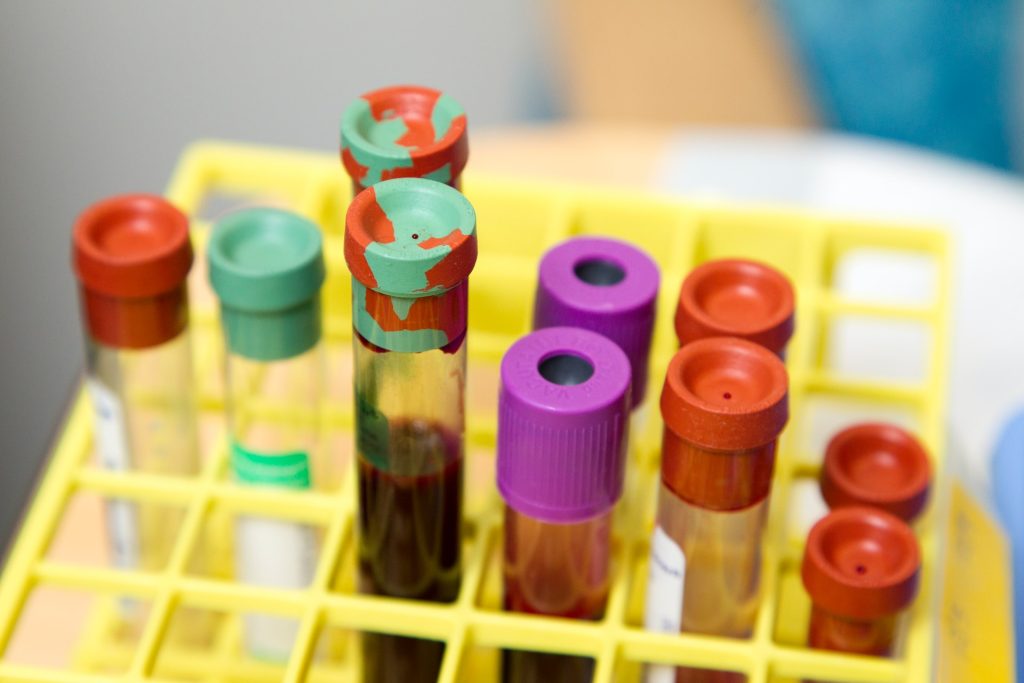Patients ‘Don’t Need to be Checked for Everything’, Recommendation Says

Commonly ordered tests can provide early warning of underlying disease, but could also create unnecessary risks of false positive results, provoking anxiety in the patient, wasted time and money and risks of invasive testing.
Therefore, to combat commonly ordered – but not always necessary – procedures and tests, the Society of General Internal Medicine (SGIM) on Tuesday released its revised list of recommendations on five primary care procedures and tests that patients and physicians should question.
Northwestern University’s Dr Jeffrey A. Linder and David Liss, who have previously published research on the benefits of primary care checkups, helped revise the list.
For instance, the age-old idea of getting an annual physical exam with “routine blood tests” from a primary care doctor is a misconception because a person’s age and other risk factors should influence how frequently they should see their doctor, Linder said.
“We often have patients come in asking us to ‘check me for everything,’ but this is a potentially anxiety-provoking, dangerous thing for patients because the more testing we do, the more stuff we find, and the more we need to follow up,” said Linder, chief of the division of general internal medicine at Northwestern University Feinberg School of Medicine and a Northwestern Medicine physician. “In someone who is asymptomatic, an ‘abnormality’ is much more likely to be a false positive or of no clinical significance than for us to catch early disease.
“False positives can expose patients to all of the anxiety, costs, hassle and time commitment, and danger from sometimes invasive testing, with a very low likelihood that it is going to improve their health.”
This isn’t to say nobody should get a checkup every year. For instance, patients who have overdue preventive services, rarely see their primary care physician, have low self-rated health and/or are aged 65 or older should get an annual checkup, the scientists said.
The newly revised list is part of SGIM’s Choosing Wisely campaign, which is an initiative of the American Board of Internal Medicine Foundation. SGIM members originally selected the topics in 2013 and later updated the list in 2017.
The list generated controversy when it was first developed in 2013, recalls Linder.
“The list was widely misinterpreted as ‘specialty society says you don’t need to see your doctor,’ but that was not what it said,” Linder said.
Time and downstream financial costs also are issues of these commonly ordered but oftentimes unnecessary tests and procedures, Liss said.
“Patients and care teams often spend valuable time on low-value checkups that could have been devoted to high-need patients,” said Liss, research associate professor of general internal medicine at Feinberg. “There also is the overall increase in costs to the health system. And even if annual checkups are covered by most insurance, patients often have copays for services like blood draws and other diagnostic tests.”
The revised list was developed after months of careful consideration and review, using the most current evidence about management and treatment options. Linder and Liss served as ad hoc members of the SGIM’s Choosing Wisely Working Group.
Here are the five recommendations, based on a review of the most recent studies in the field:
- Don’t recommend daily home glucose monitoring in patients with Type 2 diabetes mellitus not using insulin.
- Don’t perform routine annual checkups unless patients are likely to benefit; the frequency of checkups should be based on individual risk factors and preferences. During checkups, don’t conduct comprehensive physical exams or routine lab testing.
- Don’t perform routine pre-operative testing before low-risk surgical procedures.
- Don’t recommend cancer screening in adults with life expectancy of less than 10 years.
- Don’t place, or leave in place, peripherally inserted central catheters for patient or provider convenience.
Source: Northwestern University





